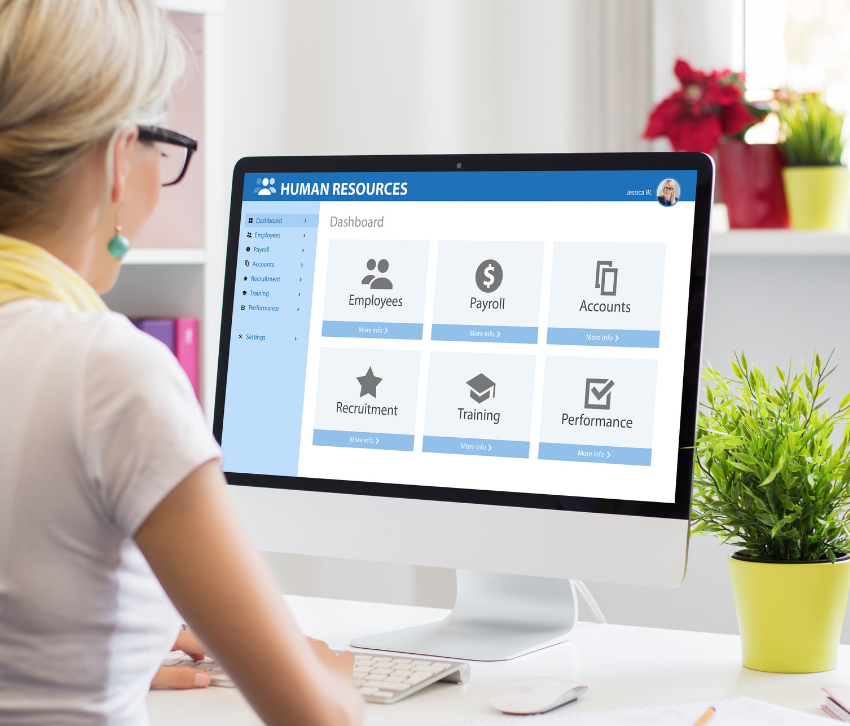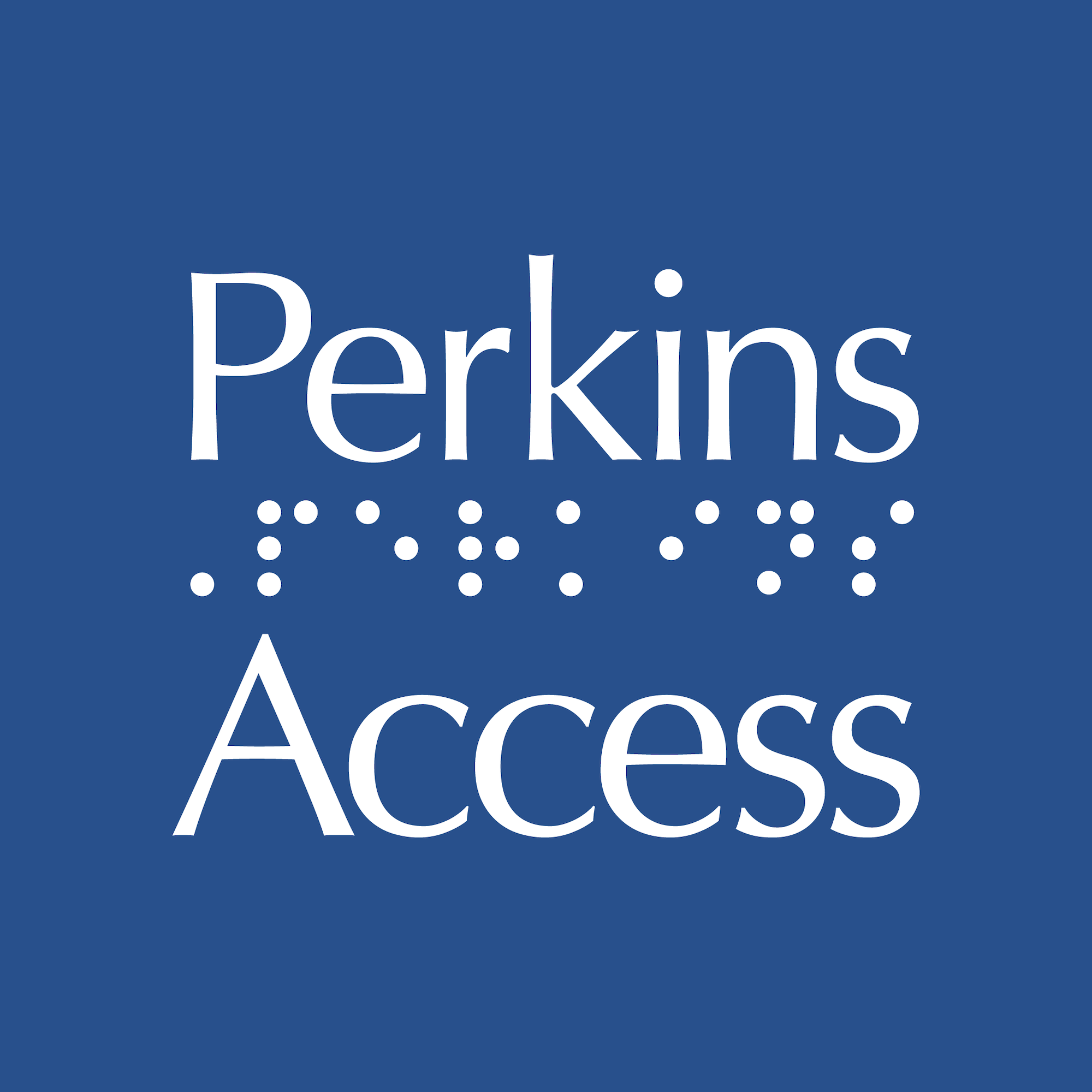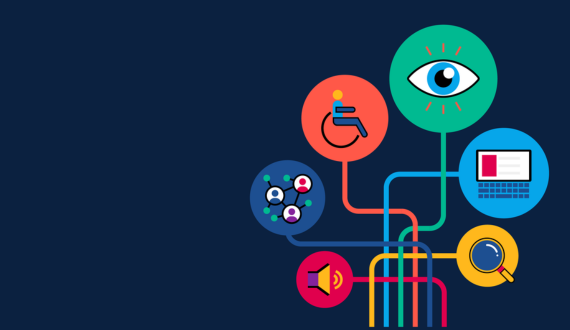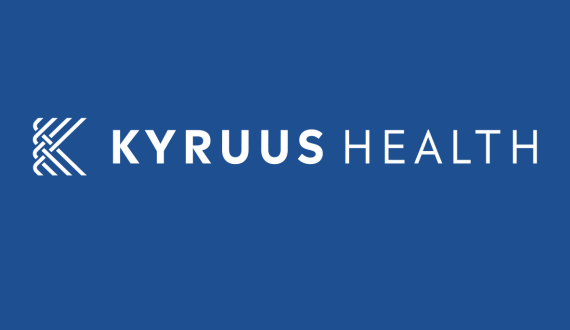The HR checklist for creating a more inclusive and accessible workplace
Share

More and more organizations today are embracing accessibility as part of their Diversity, Equity and Inclusion (DEI) efforts. This is wonderful news, given that 61 million Americans — roughly one in four — have a disability. That number includes individuals with less visible disabilities, such as PTSD, autism, epilepsy, bipolar disorder, color blindness, chronic pain and others.
Human Resources (HR) departments can play a powerful role in ensuring that their employees with disabilities feel welcome and empowered, starting on day one. But to do so, they need to get a 360-degree view of potential barriers to accessibility in the workplace, thinking beyond what’s legally required, to other measures they can take to expand accessibility.
Here are a few accessibility barriers you may not have considered that can make a big impact:
Cultural awareness
Making accessibility an organization wide commitment, will help raise awareness to all of your employees. Starting with onboarding, include accessibility in your employee training, so everyone knows what accessibility means, why it matters and how they can contribute to making your workplace more accessible and inclusive.
Wayfinding
When you’re new to a workplace, finding your way around can be difficult for anyone, especially in large or multi-building facilities. Wayfinding assistance like signage and placards with braille are invaluable for people with visual impairment, as are 3D, tactile maps with braille and digital maps with an audio guidance option. If you offer a map online, make sure it’s shareable as well as mobile-friendly, so people can use it on their phone as they make their way around. In any wayfinding tools you provide, be sure that elevators, ramps and other accessibility features are clearly indicated.
Seamless access
It’s important not only to make it easy for people to find their way around after they arrive at your space, but as they arrive, too. Providing specific, micro-navigational guidance such as where to park, where to get dropped off, or which door or entrance to use ensures seamless access for employees and visitors alike. Even something as simple as setting the expectation that employees will meet visitors and new hires at the door when they arrive can help create a more inclusive experience.
Acoustics
The acoustics of spaces used for gatherings — lobbies, conference rooms, cafeterias, auditoriums, etc. — can present a barrier for people with disabilities. Noisy or echoey rooms can make selective hearing (distinguishing the voice of one person from background noise) difficult for people who are Deaf or hard-of-hearing. For individuals with autism or sensory processing disorders, loud spaces may be overwhelming. Think about how carpeting, ceiling tiles, doors (or lack thereof!), use of ambient music and other factors may affect the way people with disabilities experience sound.
Hardware and equipment
For employees to do their jobs well, they need the right equipment. For people with disabilities this may mean large or high contrast monitors, wheelchair-friendly desks, or printers and copiers with accessible controls. Don’t forget storage and shelving, too: Is the extra printer paper stored low enough that someone in a wheelchair can access it? Do break room cabinets and drawers have braille labels and are they kept orderly so that people with vision impairment can always find what they need?
With so much of the way we work taking place online, the inclusivity and accessibility of digital experiences is key (and it happens to be our expertise).
Documents and information
Whether it’s the employee handbook, benefit enrollment materials, or routine news and updates, everyone needs full access to the same information. These days, most communications happen digitally, which is great news for people with disabilities. But there are still potential barriers — and simple actions you can take to overcome them. For example, when you send all-company emails, make sure that any links you include are descriptive, as opposed to just “click here” so they’re meaningful to users of assistive technologies. If you use PDFs, make sure they’re designed to be accessible to screen readers and other assistive technologies. We offer training on how to create accessible documents! Generally, the best way to provide information is online — which often makes for a better experience for everyone. It’s easier to update, plus you can link out to related information and resources.
Software and other digital tools
More and more software and digital service providers are making their products accessible. But the degree and quality of that accessibility varies. Every time your organization is choosing a new piece of software, whether it’s an email platform, a web conferencing app, a job portal (see our inclusive hiring checklist), or a SAAS solution, accessibility should be one of the selection criteria. You may need to provide education for procurement teams, so they know what to look for. Accessibility is also important to keep in mind when it comes to choosing vendors whose websites your employees visit frequently, like health insurance providers or 401K plans.
Process and point person
Last but definitely not least: Make sure you have a clear process for responding to the needs of employees with disabilities. That means, for starters, having a point person that employees can go to when they encounter barriers. But it also means communicating regularly about accessibility and soliciting input proactively, so your employees with disabilities don’t have to shoulder the burden on their own.
How to get started
Start a conversation at your organization with stakeholders across functional teams about accessibility and the positive impact it can have on your talent acquisition, employee engagement, customer loyalty and bottom line — use our ROI guide to help support the business case. Make sure you talk with your digital team, because if your website isn’t accessible, your digital front door is closed to both customers and potential employees with disabilities.
Becoming a more inclusive workplace for people with disabilities is an ongoing process and it takes a strategy. But if you’re truly committed to inclusion, it’s well worth the effort. Perkins Access can help, with a full range of services. We can look at where you are today, help you find areas for improvement, provide accessibility training for your teams, and more. Contact us to talk to a Perkins Access expert today.




